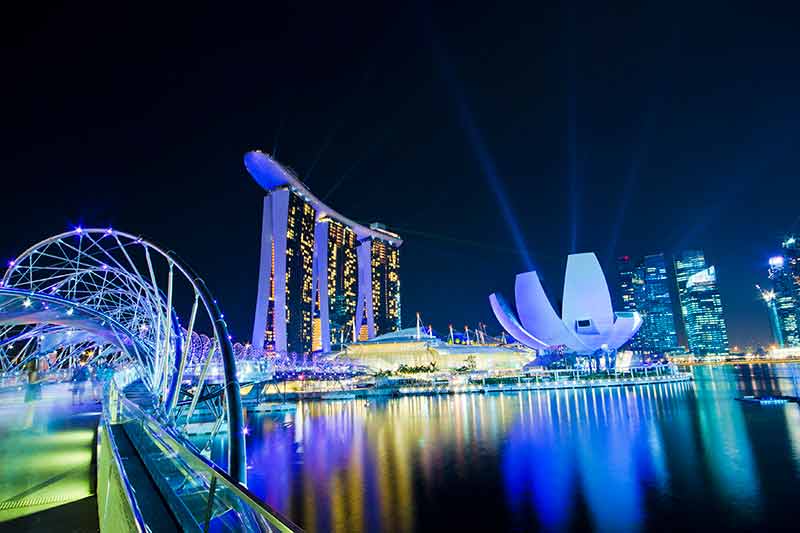
The Singapore Tourism Board (STB) is calling for local and international companies to join the Singapore Tourism Accelerator. The pilot programme, which will run for two years, aims to develop solutions to long-standing issues, as well as developing new ideas that will transform the tourism sector.
Mr Poh Chi Chuan, Director, Digital Transformation, Singapore Tourism Board, said: “With increasing disruption faced by the tourism sector, we are committed to help our industry partners meet the challenges and stay ahead of the competition. The Singapore Tourism Accelerator gives us a platform to work with companies with innovative solutions that can be applied across the industry and to enhance the overall visitor experience.”
STB looking for innovative prototypes or start-ups
The Accelerator was first announced during 2019 Tourism Industry Conference as the Singapore Tourism Incubator. However, it has been renamed to reflect that the programme fast-tracks the development and scaling-up of promising solutions within a fixed period of time. This means targeting start-ups already at the prototyping or business development stage, as well as those that have piloted a breakthrough solution in another city and are looking for opportunities to scale their solutions in the Singapore and Asian markets. STB will work with the Accelerator’s appointed partner Found8 to select start-ups to participate in the programme. To qualify, companies must already have prototype solutions or have piloted their solutions elsewhere.
Businesses will have the support of leading industry players
The Accelerator, located on STB’s premises, will take in its first batch of 12 companies in October. During the first stage of the programme, companies go through workshops and informal sharing sessions, to help refine and adapt their solutions to meet the needs of Singapore’s tourism sector. They will also be working with established industry players that include Expedia Group, Sentosa Development Corporation, SingEx Holdings, Singapore Airlines and Marina Bay Sands.
Winning solutions will be rewarded with investment for testing
At the end of three months, the solutions will be evaluated by a panel of industry members. Selected companies will move on to the next stage where they’ll receive funding support of 70% of qualifying costs, up to $25,000 per company, to testbed their solutions with an industry partner. The programme concludes with a showcase, which is where they get to pitch their business plans to industry stakeholders and investors.
















